How to Start a Supermarket Business in India: 8 Simple Steps
Start your supermarket business in India with the right location, solid business plan, and skilled team. Ensure success by focusing on customer satisfaction. Click to unlock key steps now!
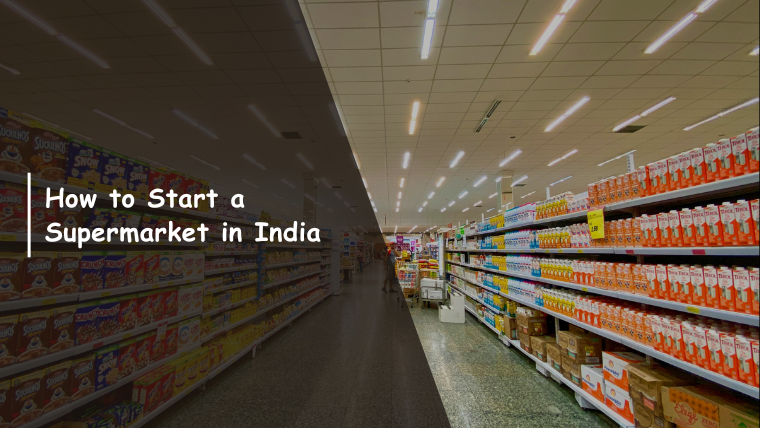
Start your supermarket business in India with the right location, solid business plan, and skilled team. Ensure success by focusing on customer satisfaction. Click to unlock key steps now!

Studies show that India's grocery market will expand by USD 352.8 billion from 2025 to 2029, indicating a strong demand for organised retail stores like supermarkets.
The supermarket industry has great potential, but it might seem overwhelming when you’re first starting out, especially because of high competition or complex regulations. But it’s easy to manage the challenges when you know exactly what steps to take.
In this guide, you’ll get a complete breakdown of how to launch your supermarket business in India. By the end, you'll have a full roadmap to set up and run your supermarket business. Let’s get started!
A supermarket is fundamentally different from traditional retail stores in India. In a supermarket, customers walk through organised aisles, select products themselves, and pay at designated checkout counters. This self-service model allows shoppers to browse at their own pace, compare different brands, and make easy purchase decisions.
The physical infrastructure plays a crucial role in creating this experience. For instance, the arrangement of racks and shelves guides customer movement through the store and presents merchandise in an appealing manner. Many supermarkets also use display racks to showcase products effectively and enhance the shopping experience.
Understanding what a supermarket is essential. But you might be wondering if this business model is really right for you. So, let’s take a closer look at its top advantages.
India's retail market is transforming rapidly, driven by changing consumer preferences and increasing income. Here are some of the top benefits of starting a supermarket:
When done right, supermarkets build strong customer loyalty and become integral parts of their local communities. Here's your step-by-step roadmap to successfully launch a supermarket business.
Starting a supermarket requires systematic planning and execution across multiple areas. The process involves understanding your market, securing the right location, handling compliance requirements, setting up operations, and launching effectively. Let’s take a closer look at each step in detail.
Market research forms the foundation of every successful supermarket venture. Before investing significant money, it’s important to know about your local market dynamics, customer preferences, and competition thoroughly.
Start by researching your neighbourhood during different times and days. Customer behaviour varies significantly between weekday mornings, afternoon hours, evening rush periods, and weekends.
You also need to understand what each competitor does well and where they fall short, creating opportunities for your supermarket to serve customers better.
For example, here’s how you can research and compare your competitor stores:
This analysis helps you find opportunities your competitors miss and identify gaps in the market that your supermarket can fill.
Financial planning requires realistic estimates for all major expense categories. Here's an example breakdown of the total costs you will need to launch a supermarket business:
Note: Keep additional funds for unexpected expenses during the first year. Store setup costs vary significantly based on location, size, and quality standards.
The ideal location balances multiple factors: high customer traffic, reasonable rent costs, adequate space for your format, and growth potential for the surrounding area.
Successful supermarket locations share certain characteristics that contribute to consistent customer traffic and sales performance. Check these important factors before finalising any location:
Transportation accessibility matters significantly for attracting customers from beyond your immediate neighbourhood.
Effective store layout balances customer convenience with business objectives like maximising sales per square foot and encouraging product purchases.
For example, most successful supermarkets place essential items like milk, bread, and eggs toward the back of the store. This arrangement ensures customers walk through other product categories, increasing the likelihood of additional purchases.
However, avoid making the journey so long or complicated that customers become frustrated.
Legal compliance forms a critical foundation for your supermarket business. Proper licensing builds credibility with suppliers, customers, and financial institutions.
Proper business registration enables you to conduct various business activities like opening bank accounts, signing supplier agreements, and obtaining other necessary licences. The registration process varies depending on your chosen business structure.
Note: The registration process can take several weeks, especially if you choose more complex business structures. Early completion allows you to proceed with other licensing requirements that depend on having a registered business entity.
Multiple government departments regulate various aspects of supermarket operations. Each licence addresses specific concerns like tax compliance, food safety, labour regulations, or local business standards.
Here are the mandatory licences you'll need to obtain:
Each licence serves a specific regulatory purpose and often requires different documentation, so plan properly for the application process.
Product sourcing directly impacts your profit margins, customer satisfaction, and operational efficiency. Effective sourcing involves building relationships with reliable suppliers who provide quality products at competitive prices with favourable payment terms.
Start with large distributors who supply multiple brands in your area. Contact major companies directly for distributor information. These distributors typically offer better payment terms and reliable delivery schedules compared to smaller suppliers.
For fresh produce, visit your city's wholesale market during early morning hours when selection is best and prices are most competitive. Build relationships with multiple reliable vendors and negotiate daily delivery schedules that align with your sales patterns. Consider using fruit and vegetable displays to display fresh produce attractively and maintain quality.
Maintain minimum and maximum stock levels for each product category. Fast-moving items need frequent restocking, while slower items can be ordered less frequently.
Use tracking systems to monitor stock levels, reorder points, supplier details, purchase prices, and expiry dates for perishable products. Start with simple methods and gradually introduce technology as your business grows.
Store design creates the foundation for customer experience and operational efficiency. Well-designed stores guide customers naturally through different product sections while making it easy for staff to restock, clean, and monitor effectively.
Create a welcoming entrance with attractive displays of promotional items. Use bright, uniform lighting throughout the store to make products look fresh and appealing. Light-coloured flooring shows cleanliness and makes the space feel larger, though it requires more frequent cleaning.
Install air conditioning to maintain comfortable shopping temperatures. Comfortable environments encourage customers to spend more time browsing and making additional purchases.
Your choice of store fixtures and equipment directly impacts both customer experience and operational efficiency. Quality equipment lasts longer and requires less maintenance, though higher upfront costs must be balanced against available budget.
Display solutions form the foundation of your store organisation. Gondola shelving creates main store aisles and provides adjustable storage for different product sizes. Wall-mounted shelving maximises vertical space around your store perimeter.
Here's an example breakdown of all the equipment you’ll need while doing the setup process:
Consider your specific product mix when selecting equipment. Fresh produce requires different display solutions than packaged goods, while refrigerated products need specialised storage systems.
Your staff directly represents your brand and significantly influences customer satisfaction and loyalty. Hiring the right people and training them effectively creates a foundation for excellent customer service and smooth operations.
Calculate staffing needs based on your expected customer traffic patterns, store size, and planned operating hours. A typical store needs several key positions, including store management, cashier operations, stock management, customer service, and security.
Smaller stores might combine multiple functions in single roles, while larger operations can justify specialised positions.
Set clear performance expectations and provide regular feedback to help employees succeed. Cashiers should maintain accuracy and speed while stock associates keep shelves full and organised.
Create work schedules that ensure adequate coverage during busy periods. Customer experience improves when staff aren't rushed or overwhelmed, leading to better service and higher customer satisfaction.
Technology integration improves operational efficiency, customer convenience, and business management capabilities. Start with essential systems that directly impact customer experience and business operations, adding additional technology gradually as needs become clear.
Your Point of Sale System (POS) is the billing software that handles customer transactions at checkout counters.
Choose a billing software that effectively manages inventory tracking, generates reports, and processes different payment methods. Look for systems that work with barcode scanners and popular digital payment apps.
Install CCTV cameras at entry and exit points, cash counters, and high-value product areas. Use systems that store footage for adequate periods and position cameras to cover blind spots while ensuring clear visibility.
Implement access controls for storage areas and cash-handling zones. Use secure cash management procedures with multiple daily counts and different staff members present for accountability.
A successful launch creates initial customer awareness and establishes your reputation in the local community. Launch planning should build excitement while ensuring your operations can handle increased traffic and attention.
Advertise your opening through local newspapers and distribute flyers in nearby residential complexes. Focus on apartment buildings and housing societies within convenient shopping distance for maximum impact.
Organise a small inauguration ceremony with local community leaders to build goodwill and create word-of-mouth publicity. Consider arranging cultural performances or activities that attract crowds and create positive associations with your store.
Create customer loyalty programmes with punch cards or digital apps that offer meaningful rewards. Send notifications about special offers to regular customers and participate in local festivals and community events.
Sponsor neighbourhood activities and cultural celebrations to demonstrate your commitment to the community. Effective display racks help showcase seasonal products and promotional items attractively, supporting your marketing efforts.
Now, despite all the setup, it’s important to note that cluttered store displays can hurt your sales before customers even walk through your aisles. That’s why you also need proper display solutions to create a professional supermarket environment for your customers.
Cluttered displays make it difficult for customers to find products quickly, leading to frustration and shorter shopping trips.
Expanda Stand solves these challenges with complete retail display solutions designed specifically for Indian supermarket environments. Here’s how we offer several key advantages for supermarket owners:
Choose Expanda Stand display solutions to turn your supermarket space into a professional destination that attracts customers and supports long-term business growth.
Starting a supermarket business in India needs careful planning across multiple areas, but the effort creates opportunities for sustainable, profitable growth. Success requires understanding your local market deeply, choosing accessible locations, and building operations that serve customer needs effectively while maintaining business viability.
With proper planning, attention to detail, and reliable design partners like Expanda Stand, you can build a supermarket business that serves your community effectively while achieving your financial goals.
Ready to begin your supermarket journey? Contact us today to discuss your specific display and shelving requirements.
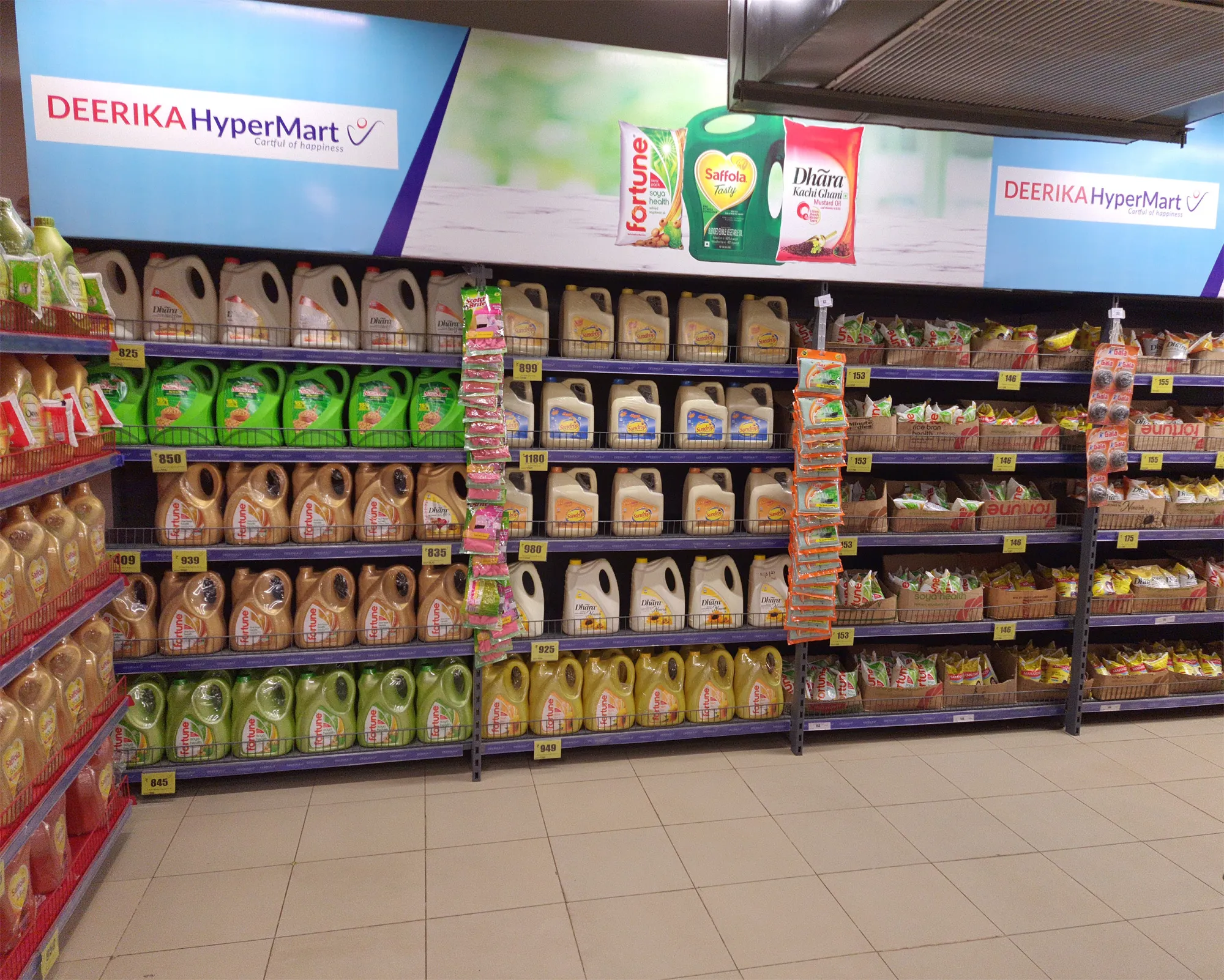
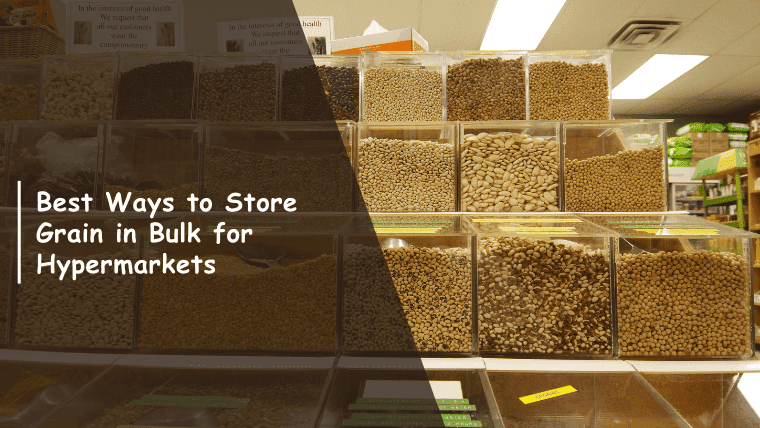
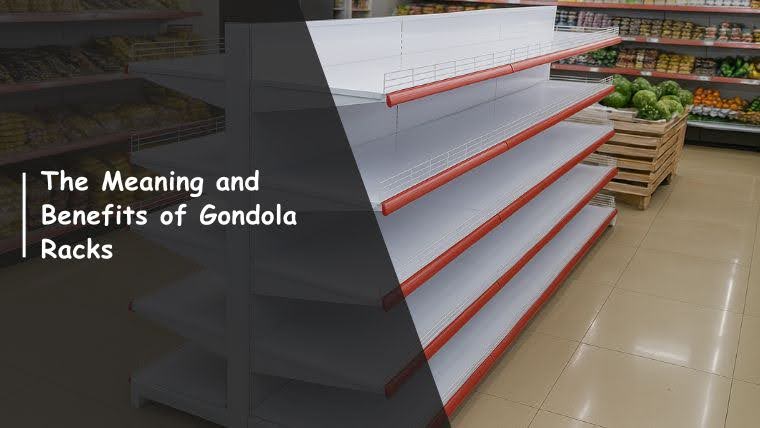
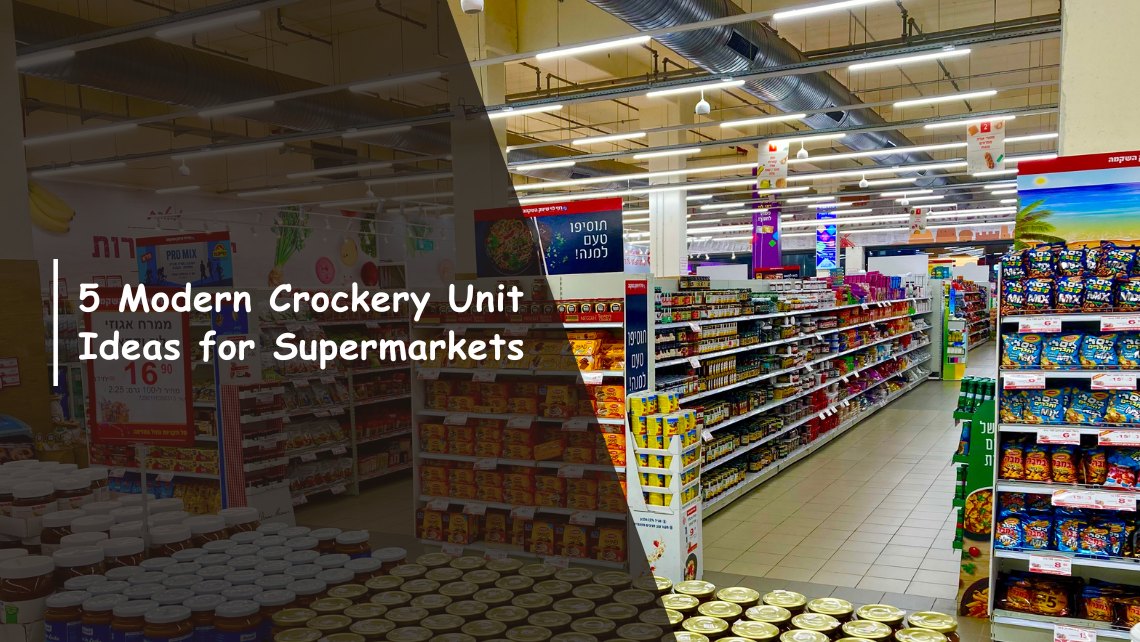
Ready to Upgrade Your Process Operations?